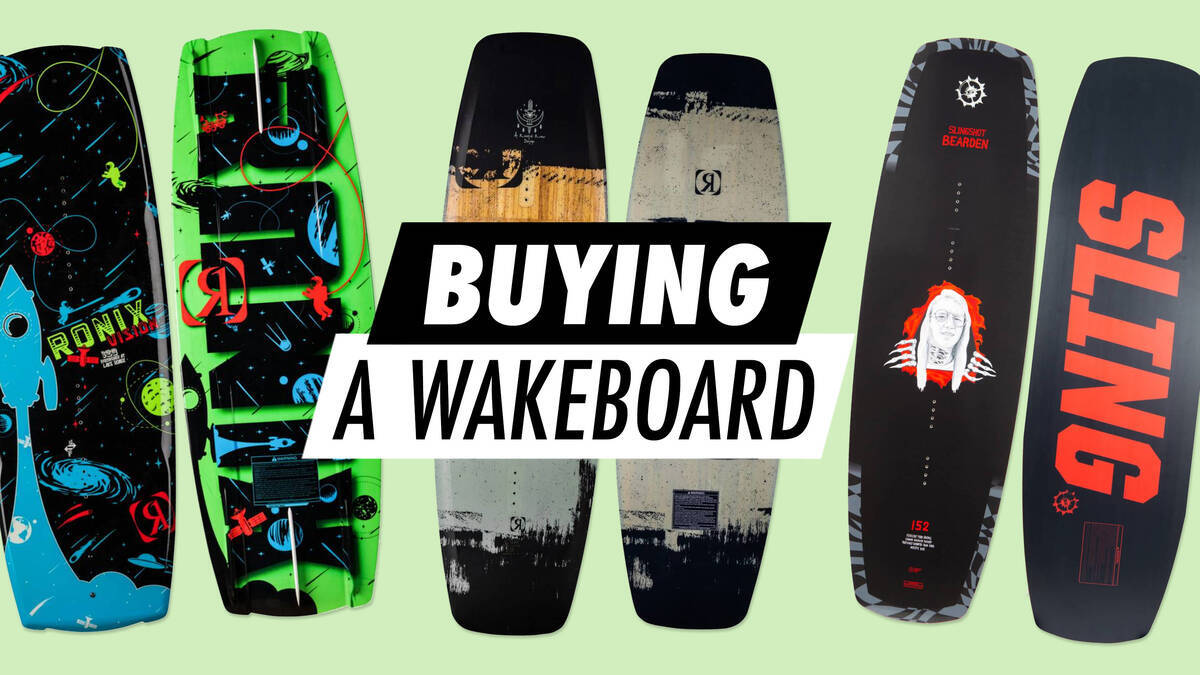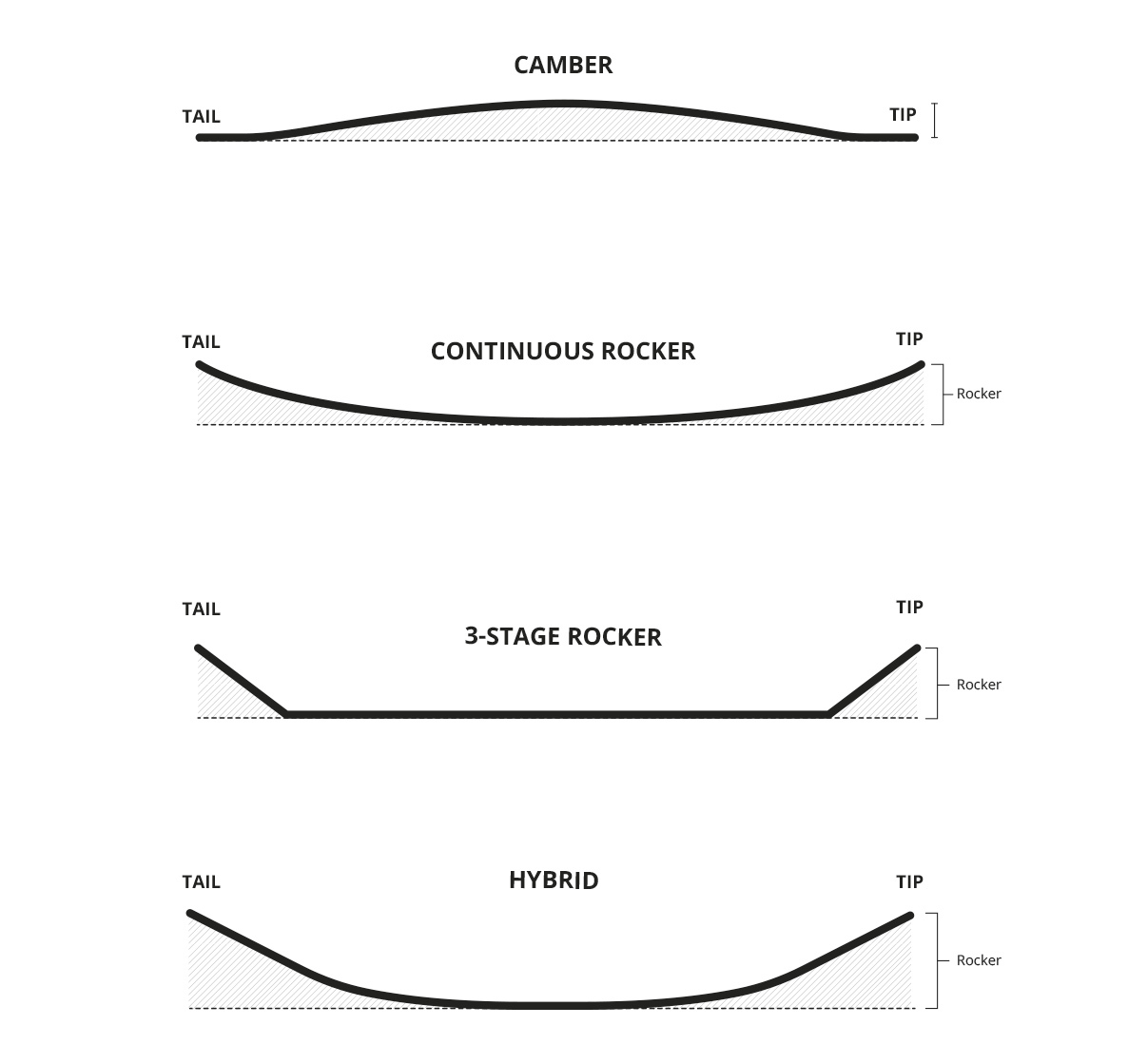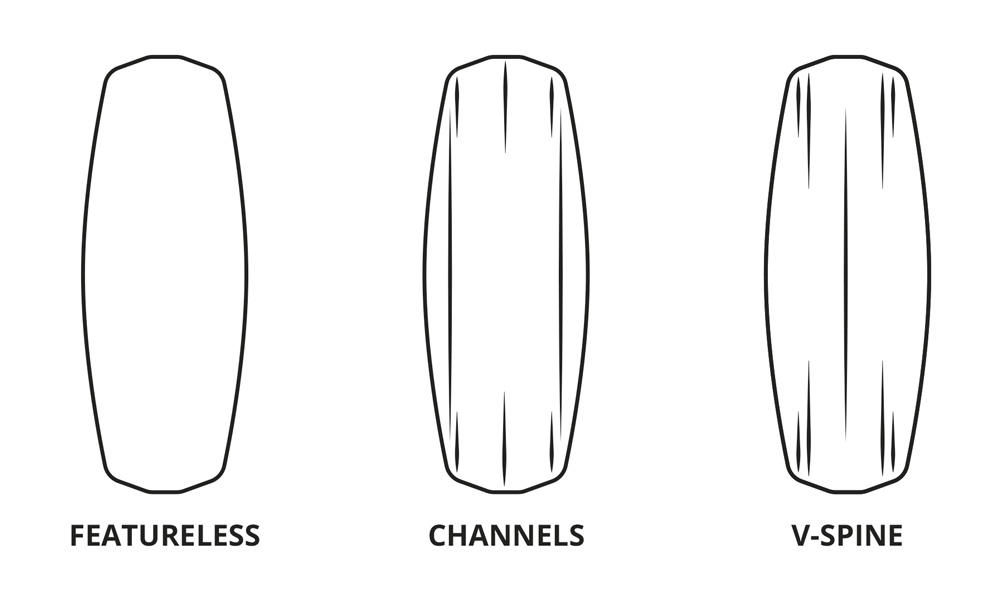Purchasing a Wakeboard

Eager to hit the water with a wakeboard? Use this straightforward guide to know what essentials to consider before selecting your equipment.
1. Wakeboarding Style and Flexibility Level
Initially, identify the wakeboarding style you plan to pursue. Wakeboarding is primarily categorized into two styles: cable park and boat wakeboarding. In cable park wakeboarding, you're pulled by an overhead cable, similar to ski resort drag lifts. These boards offer greater flex, simplistic bases, and optional or no fins. Boat wakeboarding involves being towed by a boat, requiring stiffer boards with special base features for easier edging and various fins.
Consider a hybrid board that incorporates elements of both styles. These boards offer medium flex (softer at the tip and tail, firmer between the bindings), a simple base, and detachable fins.
2. Length
Arguably the most crucial factor is the board's length, which depends on your weight. If the board will be shared among several riders, chose one that aligns with the heaviest user. Below is a table offering wakeboard length suggestions based on weight, plus a brief note on adjusting size.

Keep in mind that this serves as a basic reference, and sizing recommendations might vary by product.
Should you select a slightly shorter or longer board?
Opting for a longer board is increasingly favoured among riders of all skill levels, particularly at cable parks. Larger boards simplify riding, enhance lift off the wake, enable smoother landings, increase speed, and improve control while learning tricks. They exhibit better flex, feature larger balance areas for presses, and supply more power for aerial tricks.
Shorter boards, though more nimble, provide slower speeds and increased water resistance due to reduced surface contact. With these, landings are firmer and there’s a heightened risk of the nose dipping.
3. Rocker
The rocker refers to the board's curvature profile. There are two primary types: continuous and 3-stage rocker. A recent trend includes cambered (akin to ski and snowboard profiles) and hybrid rockers (a mix of continuous and 3-stage).

- Continuous rocker offers a smooth, fluid shape. This type ensures a swift ride, cushioned landings, and effortless carving, frequently employed at cable parks;
- 3-stage rocker boasts three distinct planes on the board's underside, enabling higher air when hitting the wake, albeit at a slower pace since it cuts through the water rather than gliding. This style suits more experienced riders, typically for boat wakeboarding.
- Camber rocker is a newer design aiming for an even weight distribution, reducing strain on your back foot for a more natural stance. Transitioning from a continuous or 3-stage rocker to a camber might require an adjustment period.
- Hybrid rockers merge continuous and 3-stage profiles with a smooth middle curve and more tips and tails. Useful both at parks and behind boats.
4. Base Shapes
In addition to design aesthetics, the wakeboard's base shape influences its performance. The main base shapes include featureless, channeled, and those with a V-shaped spine. Further, concaves create lift and act as accelerative suctions.

- Featureless bases lack integrated fins or channels; riding impacts rely on the board's shape, rocker, and fins;
- Channels function like extended fins, breaking surface tension when landing and aiding water flow direction.
- V-shape spines soften landings and facilitate easier cross-edge rolls, commonly added to 3-stage rocker boards.
5. Fins
Fins are available as either molded-in (permanent) or removable. Beginner boards often feature both. Riding without fins is also an option, especially in cable parks, to maximize obstacle play and avoid fin-related snags during slides.
Fins are generally categorized as long or short. Longer fins offer stability and predictability (ideal for novices), whereas shorter fins provide greater manoeuvrability and flexibility on water (suit intermediate to advanced riders).
6. Edges
Consider the type of ride you're aiming for when evaluating edges.
Sharp edges cater to aggressive riding styles, supporting deeper water cuts and higher speeds. Conversely, round edges suit leisurely riders aiming for slick surface slides and tricks.
Variable edges combine sharpness (for better grip and power) at the tip and tail with rounded midsections for a more fluid ride.
In Conclusion, Prior to Picking a Wakeboard, Consider:
- The wakeboarding style and flex you need
- The appropriate length
- Rocker profile
- Base shape
- Fin type
- Edge design
And don't forget - have an incredible time out on the water!
